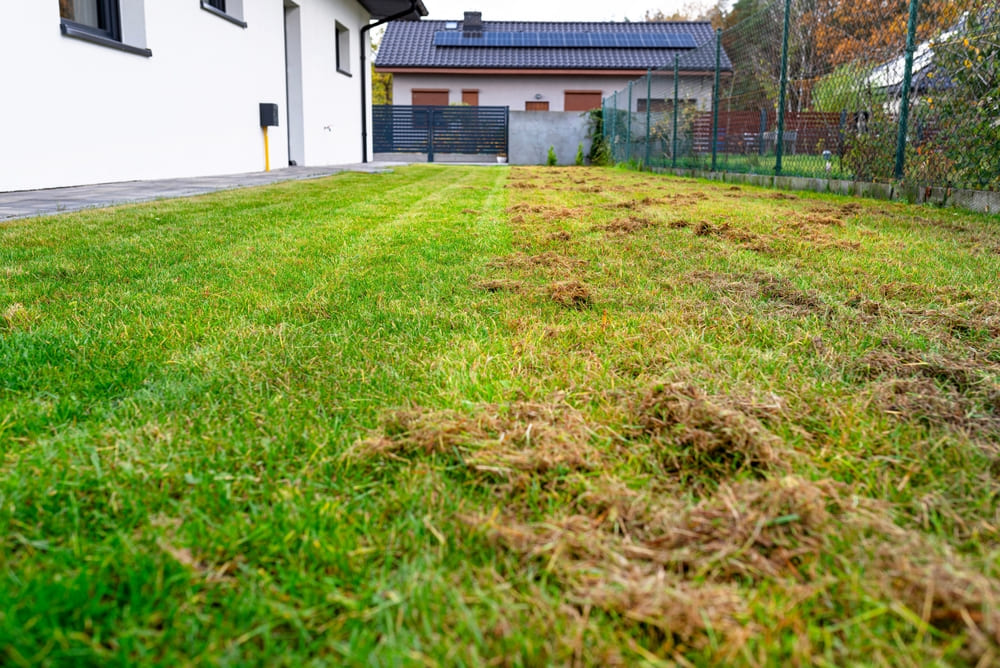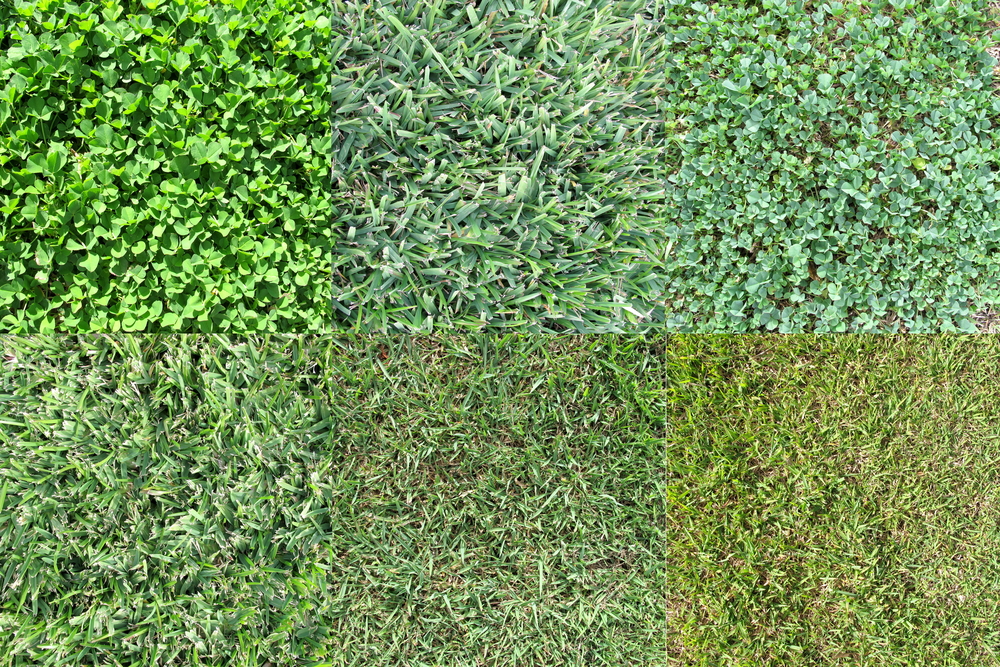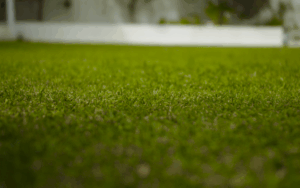Choosing the right type of lawn grass may seem like a minor detail in your landscaping plans, but it plays a crucial role in the overall health, appearance, and maintenance of your garden. Different grass types thrive under different conditions, and selecting the right one can save you time, money, and effort in the long run.
The Role of Soil Type in Grass Selection
While climate is a significant factor, the type of soil in your garden also plays a crucial role in determining the best grass type for your lawn. Australia has a wide range of soil types, from sandy soils in coastal areas to clay soils in inland regions.
Sandy Soils
Sandy soils, common in coastal areas, drain quickly but don’t hold nutrients well. Grasses like Zoysia and Buffalo are well-suited to sandy soils because they are more drought-tolerant and can thrive with less water. However, you may need to fertilise more frequently to ensure your grass gets the nutrients it needs.
Clay Soils
Clay soils, often found in inland regions, retain water but can become compacted, making it difficult for roots to grow. Kikuyu grass and Couch grass are good options for clay soils due to their deep root systems, which help them access water and nutrients more effectively.
Loamy Soils
Loamy soils are considered the ideal soil type for most grasses due to their balanced mixture of sand, silt, and clay. This type of soil is fertile, well-draining, and easy to work with. Almost any grass type will thrive in loamy soil, but it’s still essential to consider your local climate when making your final decision.
Maintenance Requirements and Grass Selection

Another crucial factor in choosing the right lawn grass is the level of maintenance you’re willing to commit to. Some grasses require more care, including frequent mowing, fertilising, and watering, while others are more low-maintenance.
Low-Maintenance Options
If you’re looking for a low-maintenance lawn, consider Zoysia or Buffalo grass. These grasses grow slowly, meaning less frequent mowing, and they are also more drought-tolerant, reducing the need for regular watering. They are ideal for busy homeowners or those who prefer a “set and forget” approach to lawn care.
High-Maintenance Options
On the other hand, if you don’t mind putting in the effort to achieve a pristine, lush lawn, Ryegrass and Fescue are excellent choices. These grasses grow quickly and require regular mowing, watering, and fertilising to maintain their vibrant green appearance. They are well-suited for those who take pride in their garden and enjoy spending time on lawn care.
Environmental Impact of Grass Choices
Your choice of lawn grass also has environmental implications. Some grass types require more water, fertilisers, and pesticides, which can impact the local environment. Selecting a grass type that aligns with sustainable practices can help reduce your garden’s environmental footprint.
Water Conservation
Water is a precious resource in Australia, and choosing a drought-tolerant grass type like Zoysia or Buffel grass can significantly reduce your water usage. These grasses are designed to withstand long periods without water, making them an eco-friendly choice, especially in regions prone to drought.
Fertiliser and Pesticide Use
Some grass types are more susceptible to pests and diseases, requiring regular pesticide applications. For example, Couch grass can be prone to pests like armyworms, while Ryegrass may need more fertilisers to maintain its vibrant green colour. Opting for grass types that are naturally resistant to pests and diseases can reduce the need for chemical treatments, benefiting the environment and your wallet.
Aesthetic Considerations

The appearance of your lawn is another important factor to consider when choosing grass. Different grasses have different textures, colours, and growth patterns, which can influence the overall look of your garden.
Texture and Colour
Buffalo grass has a broad leaf and rich green colour, giving your lawn a soft, lush appearance. It’s perfect for gardens where a visually appealing lawn is a priority. Couch grass, with its fine texture and bright green hue, is ideal for creating a more manicured, uniform look. If you prefer a darker green, Zoysia may be the way to go, offering a thick, carpet-like texture.
Growth Pattern
Some grasses, like Kikuyu, are known for their vigorous growth and ability to spread quickly. This can be advantageous if you’re looking to cover a large area quickly, but it also means you’ll need to keep an eye on its spread to prevent it from invading garden beds or neighbouring properties. Ryegrass and Fescue have a more upright growth pattern, creating a dense, luxurious lawn that feels soft underfoot.
Conclusion
The type of lawn grass you choose for your garden is far more important than you might initially think. With Australia’s diverse climates and soil types, selecting the right grass is crucial for ensuring your lawn’s longevity and appeal. By considering factors like climate, soil, maintenance, and environmental impact, you can make an informed decision that will keep your lawn healthy and vibrant year-round.





